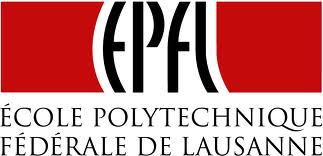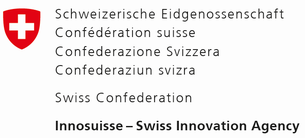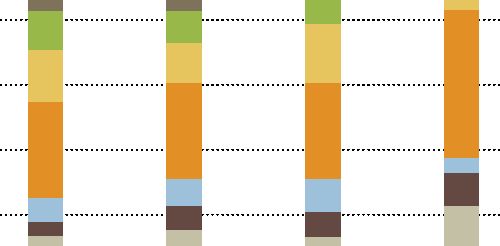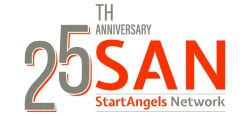YouTube stars developed at EPFL

A robot capable of catching complex things on the fly and a collision proof flying robot are causing excitement in Switzerland and abroad. The videos of the robots have more than one million views on YouTube.
The start-up Flyability is very young. The two founders Adrien Briod and Patrick Thévoz are currently in the process of registering their company in the Swiss Commercial Register. Nevertheless they have achieved noticeable success. Last week the EPFL spin-off has won the third prize at the business competition venture, this Monday the team won at the ICT Investor’s Day in Lausanne and yesterday they secured CHF10’000 from venture kick.
The product of Flyability is called Gimball - this small ultralight flying spheroid resembles an insect as it goes around bumping into things. The goal was to develop a machine that could operate in extremely chaotic environments without the need for fragile sensors.
BBC, CNN and Reuters reported about Gimball but the product of Flyability is not the only robot from EPFL making a splash. On Monday EPFL published a report about a robot that is able to catch flying objects. And media around the world reported about the invention.
With its palm open, the robot is completely motionless. A split second later, it suddenly unwinds and catches all sorts of flying objects thrown in its direction -a tennis racket, a ball, a bottle-. This arm measures about 1.5 meters long and keeps an upright position. It has three joints and a sophisticated hand with four fingers. It was programmed at the Learning Algorithms and Systems Laboratory at EPFL (LASA) and designed to test robotic solutions for capturing moving objects. It is unique, as it has the ability to catch projectiles of various irregular shapes in less than five hundredths of a second.
To obtain the desired speed and adaptability, LASA researchers were inspired by the way humans themselves learn: by imitation and trial and error. This technique, called Programming by demonstration, does not give specific directions to the robot. Instead, it shows examples of possible trajectories to it. It consists in manually guiding the arm to the projected target and repeating this exercise several times.























































Please login or sign up to comment.
Commenting guidelines